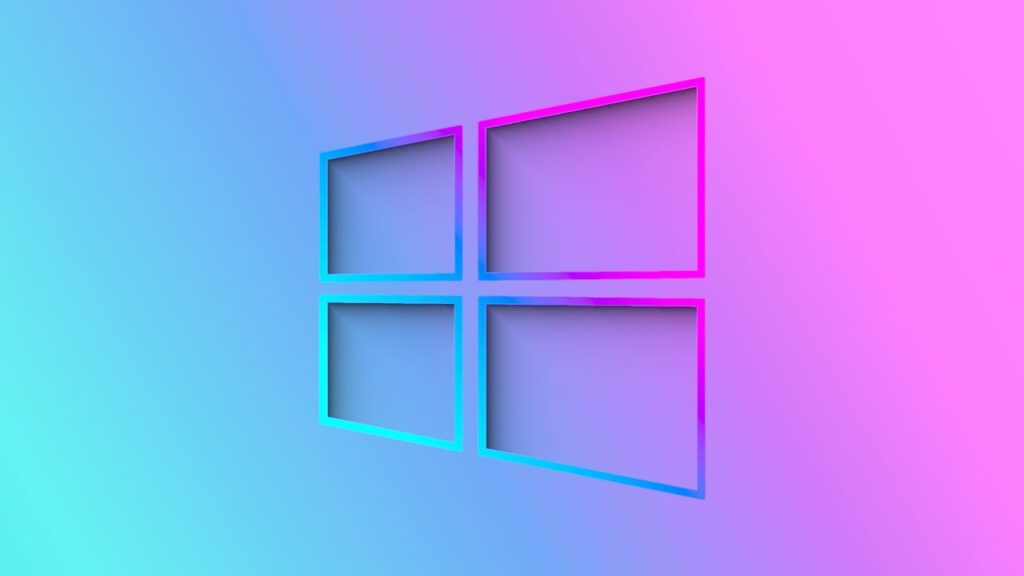Two weeks ago, Microsoft hosted its big developer conference, Build. This week, Apple held its Worldwide Developers Conference, and the two events couldn’t have been more different. While both events were promoted as being for developers, they contrasted the companies’ approaches to 3rd party developers, and the differences are fascinating.
I think these two events say a lot about the nature of their respective owners, and that’s what I’d like to discuss this week.
Microsoft Build
From the Keynote through the sessions, the audience for Build is clearly 3rd party developers. Microsoft is, at its heart, a platform and tools vendor, and while it does have complete solutions like Surface and Surface Hub, it isn’t a hardware company. It knows it will live or die on the strength of its developer network.
This year, Build focused heavily on advancements that helped developers work from home, that automated the most annoying of repetitive coding tasks, and made it vastly easier for developers to collaborate with peers.
Microsoft was built by developers, contains a lot of developers, and largely thinks of its primary customer base as developers. One of its past CEOs is famous for his stage presentation that reiterated how important developers are for the company.
The big hardware announcement at Build was Project Volterra, an advanced and uniquely modularly designed PC for developers. This PC has four core processing components that include the traditional CPU and GPU, but also an APU (AI processing unit), and an ACU (Azure Computing Unit). This hardware isn’t just unique, it’s focused on developers working on the next generation of PCs using these components, particularly the ARM CPU.
Inside Microsoft, developers are the most powerful customers because they can more closely relate to their counterparts in Microsoft who do the same thing.
Apple’s WWDC
Apple’s Worldwide Developers Conference had a lot of compelling announcements come out of their keynote as well. Advancements in the ARM CPUs for Apple PCs, a new OS version with a lot of compelling features, updated iPhones and Apple Watches that were particularly impressive, and enhancements that make texting far less annoying and more useful. To suggest these announcements weren’t compelling would be a disservice because they were compelling, and I don’t doubt many who saw the keynote are now waiting expectantly for these new products and features.
But other than some initial developer-focused comments (about three and a half minutes’ worth out of nearly 2 hours) on their existing developer training efforts, there was little to no focused developer content in the keynote. Despite this being presented as a developer conference, the keynote was mostly one big commercial for Apple’s coming products. This, in contrast to Microsoft, showcases where Apple is focused, which is on the end user and maximizing revenues. Developers are subordinated to the firm’s need to generate ever more revenue and profit.
Apple is a marketing- and image-focused company which is consistent with a consumer product company. How many consumer product companies do you know even have developers’ conferences? Developers just aren’t their focus and appear to be more like a group of folks they let on their platform to share as little revenue as possible than the partners Microsoft seems to consider them to be.
For instance, at the same time Apple is being accused of overcharging developers for using the Apple Store, Microsoft indicated they’d only charge developers for any value-add services Microsoft supplied. If developers did an internal store themselves, they could keep the money they earned. Apple’s approach is to charge regardless of who did the work, and that is at the heart of its dispute with Epic Games. Epic isn’t the only developer taking Apple to task. Governments seem to be taking exception to how Apple is treating developers, as well.
This difference in treatment isn’t just for external developers either. Apple is trying to force workers to come back to the office (though clearly the workers are pushing back), while Microsoft is letting them continue to work from home.
Wrapping up
The difference in approach to both these developers’ conferences and how the companies treat their employees is reflected in the core differences between them. Microsoft is a platform and tools company that builds things that require a lot of collaboration for OEMs or corporate buyers with whom it partners. Thus, the care for both those partners and their internal employees must take precedence for the firm to be successful. Apple is a consumer product company where revenue and product sales, not partnerships and collaboration, are king, and it really doesn’t need to partner that much which results in Apple’s lack of consideration for employees and partners.
Apple has struggled with corporate offerings much as Microsoft has struggled with consumer offerings, reflecting this fundamental difference in the firms’ respective focuses and interests. But you don’t want to mix them up. A developer at Microsoft will be highly valued and heard. At Apple, not so much. If your success depends on a tight partnership, you’ll likely get it at Microsoft. At Apple, you’ll be on your own.
That doesn’t mean you avoid one and not the other, but it does suggest that you set your expectations accordingly and by doing so are less likely to end up disappointed or in court. Oh, and unless it wasn’t obvious, Microsoft’s near exclusive focus on developers, at least with regard to these two events, gives them the win.
- A Legacy of Defense: Why HP Stands Alone - December 19, 2025
- Plumbing the AI Revolution: Lenovo’s Strategic Pivot to Modernize the Enterprise Backbone - December 17, 2025
- The Breaking of the Monolith: How HPE and AMD Are Rewriting the AI Script - December 11, 2025



